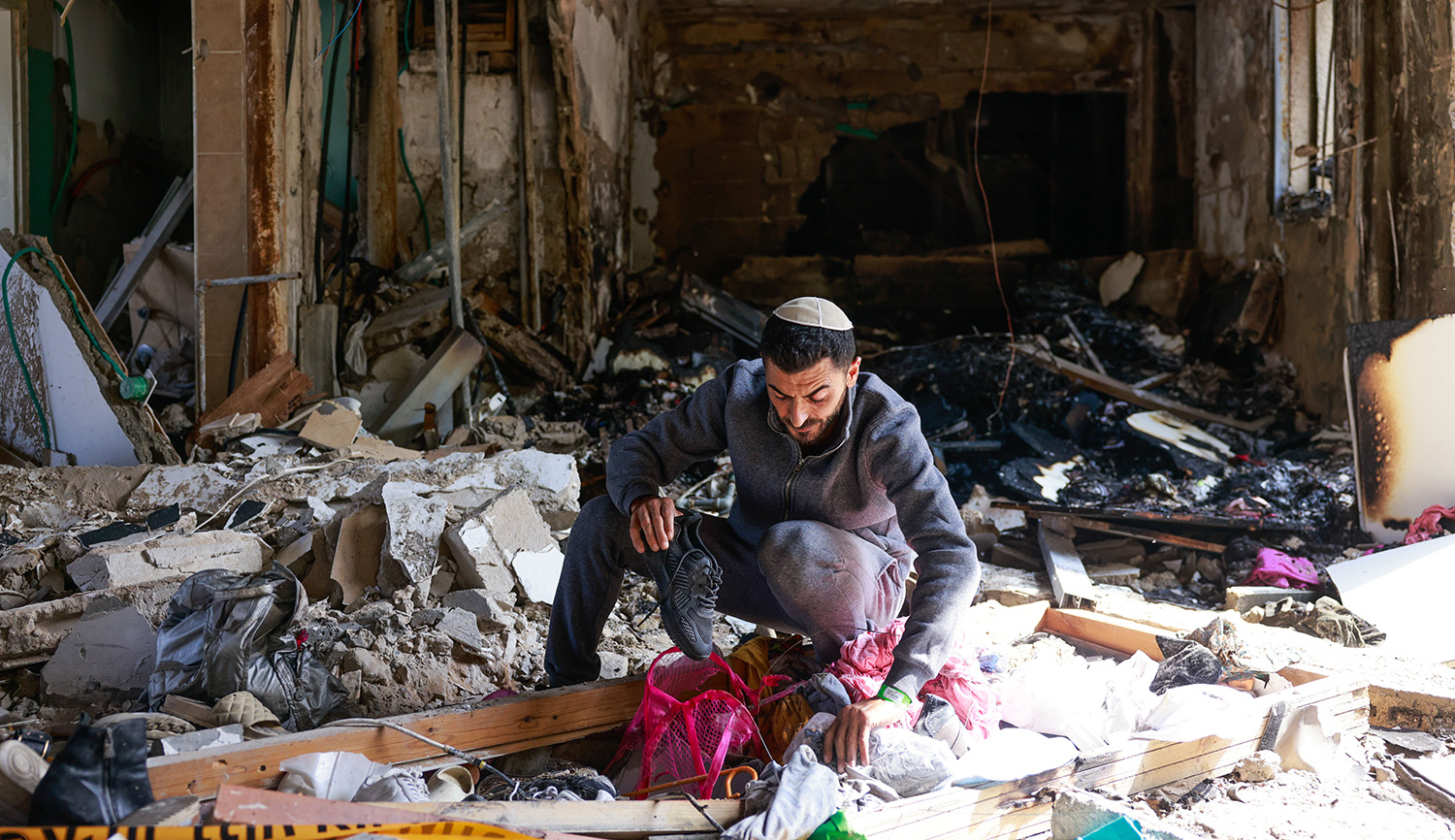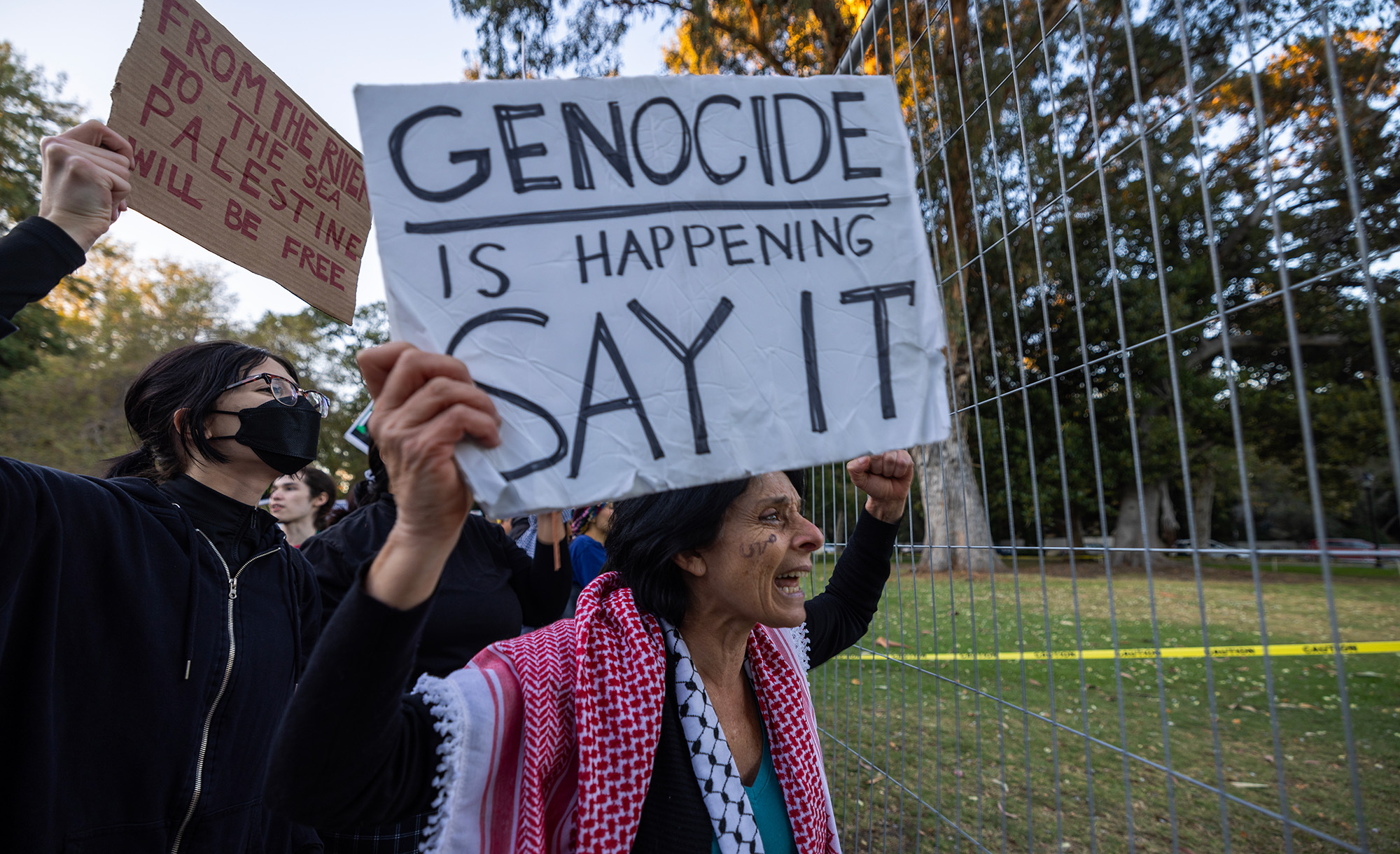A chief engine of anti-Semitic propaganda are the casualty figures from Gaza, cited constantly by Israel’s critics and by reporters—despite the fact that they are generated by a branch of Hamas. Oved Lobel shows systematically that these statistics don’t support any of the conclusions drawn by those who cite them:
During the Bosnian War (1992–1995), for instance, according to the best data available, of the approximately 100,000 killed or missing, the overwhelming majority, 59 percent, seem to have been combatants. This number would tell us nothing about how that war was fought or the extent of atrocities, including what was judged to be an act of genocide at Srebrenica.
Similarly, while there are no reliable figures for casualties from the Syrian civil war, all available figures show that the majority of deaths since 2011 were combatants. You would never know about the Syrian regime’s use of chemical weapons and starvation sieges, the massacres of civilians and political prisoners, and a plethora of other horrific war crimes from this topline figure.
Even if one were to trust the casualty estimates coming out of Gaza, one would have to know the usual civilian-combatant casualty ratios in wars, particularly in comparable wars. . . . But for those genuinely interested in how the war against Hamas compares to other, at least superficially similar operations, the figures available strongly suggest that it is neither especially deadly nor especially destructive.
More about: Gaza War 2023, Hamas, Laws of war


